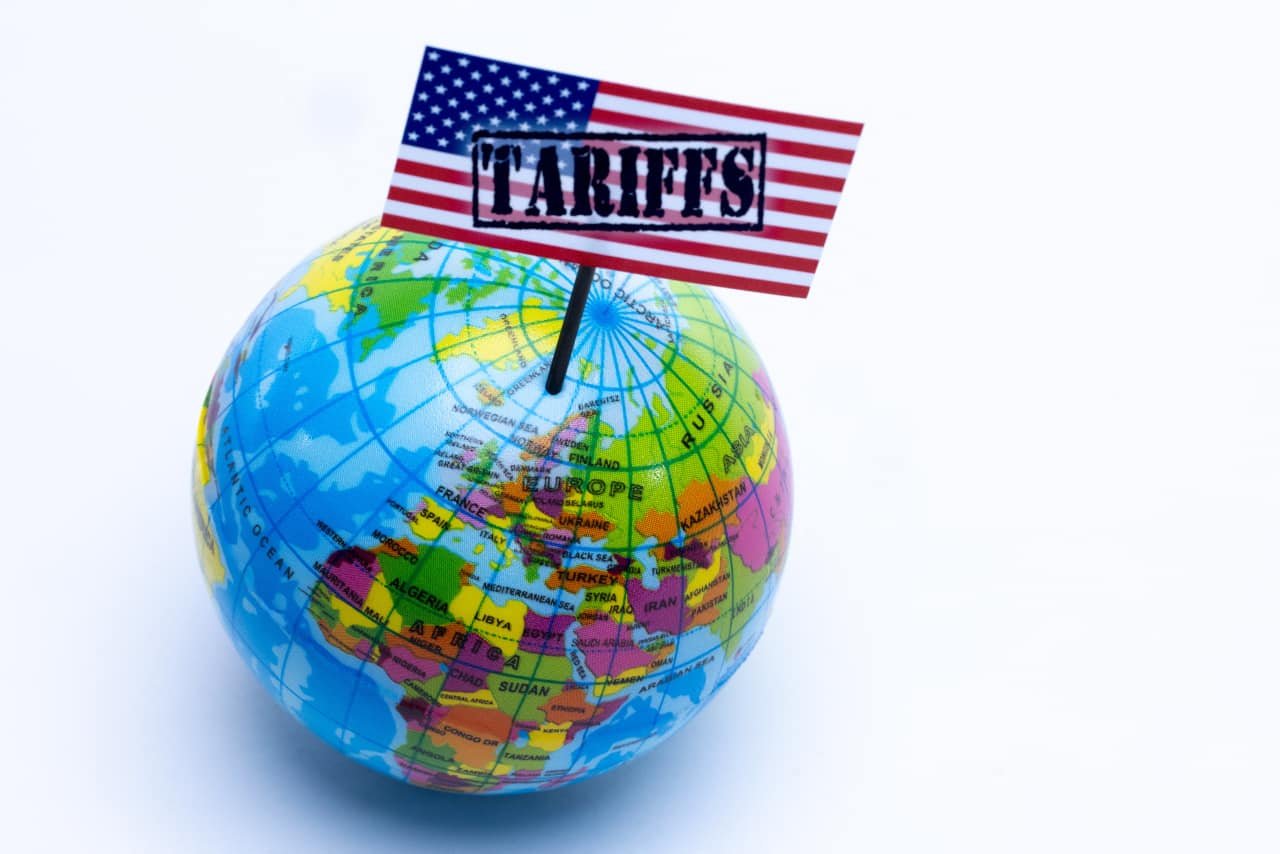September arabica coffee (KCU25) on Friday closed down -11.60 (-3.92%), and September ICE robusta coffee (RMU25) closed down -71 (-2.09%).
Coffee prices sold off sharply on Friday, with arabica falling to a 3-week low. Speculation that President Trump will exempt coffee from tariffs on Brazilian exports has eased supply concerns and is weighing on arabica coffee prices. Brazil’s Cecafe and the National Coffee Association said they are discussing exemptions on Brazilian coffee exports with US trade officials. US Commerce Secretary Lutnick noted earlier this week that goods not produced in the US could be exempted from tariffs.
Don’t Miss a Day: From crude oil to coffee, sign up free for Barchart’s best-in-class commodity analysis.
The ongoing Brazil coffee harvest is weighing on coffee prices. Brazil’s Cooxupe coffee co-op announced Tuesday that its harvest among its members was 67% complete as of July 25. Cooxupe is Brazil’s largest coffee cooperative and Brazil’s largest exporter group. In related news, Safras & Mercado reported last Friday that Brazil’s overall 2025/26 coffee harvest was 84% complete as of July 23, ahead of the comparable level of 81% last year and the 5-year average of 77%. The breakdown showed that 96% of the robusta harvest and 76% of the arabica harvest were complete as of July 23.
Coffee prices have retreated over the past three months on the outlook for abundant coffee supplies. Earlier this month, arabica coffee tumbled to an 8-month low and robusta sank to a 1.25-year nearest-futures low. On June 25, the USDA’s Foreign Agricultural Service (FAS) forecasted that Brazil’s 2025/26 coffee production will increase by +0.5% y/y to 65 million bags and that Vietnam’s 2025/26 coffee output will rise by 6.9% y/y to a 4-year high of 31 million bags. Brazil is the world’s largest producer of arabica coffee, and Vietnam is the world’s largest producer of robusta coffee.
Recent rain in Brazil has eased dryness concerns and is bearish for coffee prices. Somar Meteorologia reported Monday that Brazil’s largest arabica coffee-growing area, Minas Gerais, received 3.5 mm of rain during the week ended July 26, more than +200% of the historical average.
Robusta coffee has support due to crop concerns in Vietnam, following updated weather forecasts that eliminated the chance of rain in the country’s coffee-producing regions this week. Vietnam is the world’s largest robusta-producing country.
An excessive short position by funds in robusta coffee could exacerbate any short-covering rally in robusta coffee futures. ICE Futures Europe reported Friday that funds boosted their net-short positions in ICE robusta futures by 1,226 to 5,854 short positions in the week ended July 29, the most in two years.
A decline in ICE arabica coffee inventories is also supportive of arabica prices as ICE-monitored arabica coffee inventories fell to a 5.5-month low of 761,453 bags Friday. Conversely, ICE robusta coffee inventories have increased, a bearish factor for prices, after ICE-monitored robusta coffee inventories rose to a 1-year high of 7,029 lots Monday.
Smaller coffee exports from Brazil are positive for prices after Cecafe reported on July 16 that Brazil’s total Jun green coffee exports fell -31% y/y to 2.3 million bags, with arabica exports down -27% y/y to 1.8 million bags and robusta exports down -42% y/y to 476,334 bags.
Due to drought, Vietnam’s coffee production in the 2023/24 crop year decreased by -20% y/y to 1.472 MMT, the smallest crop in four years. Also, Vietnam’s General Statistics Office reported that 2024 Vietnam coffee exports fell by -17.1% y/y to 1.35 MMT. Additionally, the Vietnam Coffee and Cocoa Association reduced its 2024/25 Vietnam coffee production estimate to 26.5 million bags on March 12, down from a December estimate of 28 million bags. By contrast, the Vietnam National Statistics Office reported on July 7 that Vietnam’s Jan-Jun 2025 coffee exports were up +4.1% y/y to 943,000 MT.
The USDA’s biannual report, released on June 25, was bearish for coffee prices. The USDA’s Foreign Agriculture Service (FAS) projected that world coffee production in 2025/26 will increase by +2.5% y/y to a record 178.68 million bags, with a -1.7% decrease in arabica production to 97.022 million bags and a +7.9% increase in robusta production to 81.658 million bags. The USDA’s FAS forecasts that 2025/26 ending stocks will climb by +4.9% to 22.819 million bags from 21.752 million bags in 2024/25.
For the 2025/26 marketing year, Volcafe projects a global 2025/26 arabica coffee deficit of -8.5 million bags, wider than the -5.5 million bag deficit for 2024/25 and the fifth consecutive year of deficits.
On the date of publication,
did not have (either directly or indirectly) positions in any of the securities mentioned in this article. All information and data in this article is solely for informational purposes.
For more information please view the Barchart Disclosure Policy
here.
More news from Barchart
The views and opinions expressed herein are the views and opinions of the author and do not necessarily reflect those of Nasdaq, Inc.



